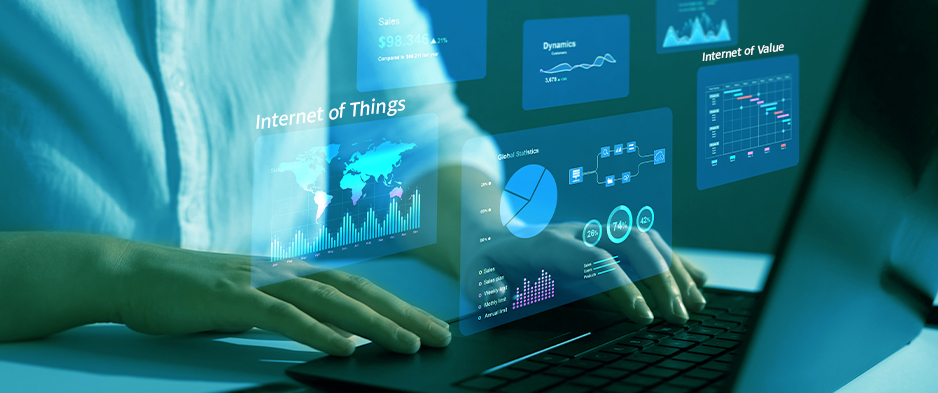With the blockchain, the industry is moving from the Internet of Things to the Internet of Value. In other words, from the exchange of information to the exchange of value.
The IoT is based on integration with other technologies and thus allows the creation of an industrial ecosystem that can always be improved and adapted according to the context. Among these technologies we find the blockchain, thanks to which it is possible to switch to the IoV.
The difference between the Internet of Things and the Internet of Value
The Internet of Things is a network of physical devices (e.g. sensors) connected to a network. These devices communicate with each other through the Internet to collect and exchange data which is then used to automate and optimize industrial processes. Instead, the Internet of Value is a technology that allows valuable digital assets to be exchanged and transferred without the need for third parties and in a secure way. They are therefore two aspects of the same technology, with some substantial differences:
Data exchanged
The main difference between the Internet of Things and the Internet of Value concerns the type of data exchanged. The IoT is used to exchange data on physical devices, with the aim of optimizing performance and automating business processes. While the IoV serves to exchange and transfer valuable digital assets and information, including cryptocurrencies, stocks, bonds, and other digital assets.
Security and privacy
In recent years, the IIoT and global connectivity have revolutionized the industrial sector, transforming it into a huge data system. However, this has created new challenges in terms of exchange value. In fact, to exchange valuable things it is necessary to rely on intermediaries who use centralized servers. The problem is that these servers are subject to security problems and can be hacked at any time, with enormous economic damage. And this is exactly where the Internet of Value comes into play. While the IoT relies on encryption and authentication to protect information, the Internet of Value uses digital signatures to protect assets and data, and ensure their integrity and authenticity.
Connectivity
As anticipated, the Internet of Things consists of a network of physical devices connected to each other. Conversely, the Internet of Value does not require the connection of physical devices, as it is a technology that allows the exchange of digital assets.
Scalability and costs
Scalability is another aspect where the difference between the Internet of Things and the Internet of Value emerges. In particular, the IoT is limited to the number of connected devices and requires additional hardware and software to scale. This is a problem that does not concern the IoV, which for this reason is also less expensive.

